For a proudly republican country, France sure loves its traditionally religious holidays. Take, for instance, La Chandeleur — or, Candlemas — which falls on February 2nd, forty days after Christmas.
Thing is, these Christian holidays are deeply embedded into the cultural fabric of France because so many go back to ancient times, being reworkings of pagan festivals. La Fête de la Chandeleur, the feast of the purification of the Virgin Mary, is said to have been co-opted from a pagan celebration of the coming of spring. As for the name, it’s derived from la chandelle (candle), which is why the celebration is also known as La Fête de la Lumière; it’s traditionally celebrated with the lighting of candles, which is nice symbolism for a day that is also about seeing the light at the end of a long wintry tunnel.
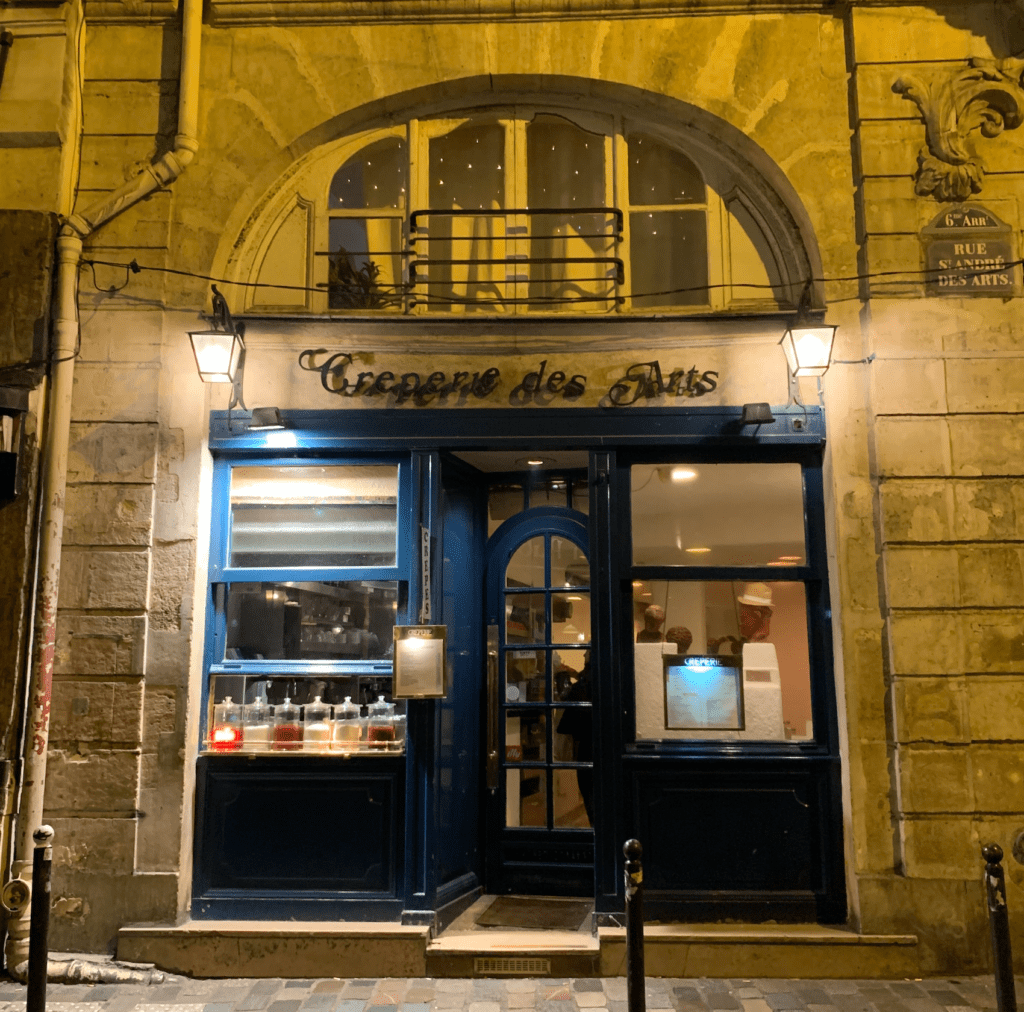
So why this somewhat long-winded history lesson in a blog about crêpes?!
Well, despite the revolution, France still reveres the good things in life, and the top of that list is delicious food … So it’s little surprise that many feast days are associated with a particular dish. That’s why La Chandeleur is also known as the Jour des Crêpes.
Some say it’s because the day coincides with the timing for winter sowing — and olde-worlde superstition had it that if a family sat down, on February 2nd, to a meal of pancakes, the year’s crops would be plentiful.
If you find yourself in Paris, rather than on a farm with a surplus of flour, the next time an urge to eat pancakes strikes, you can, of course, simply take yourself out to a crêperie. Some recommendations are below … but first, there’s a little more history to serve up!
From Galettes to Crêpes
French pancakes trace their story back to the traditional Celtic hub of Brittany, where they were known as galettes. The word galette was inspired by the old Norman term for ‘flat cake’ but popular galettes were more like a flat round bread made from the signature Breton crop of buckwheat; usually dished up with a savoury filling, the galette was in a way France’s answer to pizza.
Galettes became chic in Paris in the late nineteenth century, particularly at Montmartre’s mill-turned-nightclub, Le Moulin de la Galette — the one immortalised in paint by Pierre-August Renoir in 1876 (below) — where galettes, made from wheat crushed on site, were the signature snack.
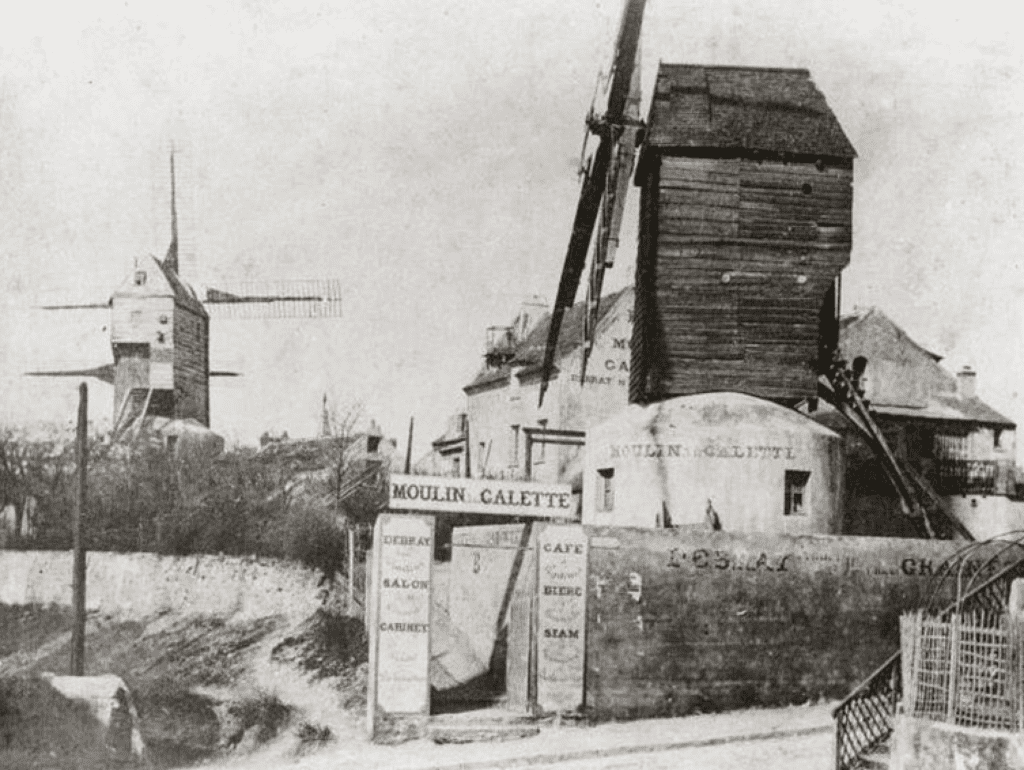
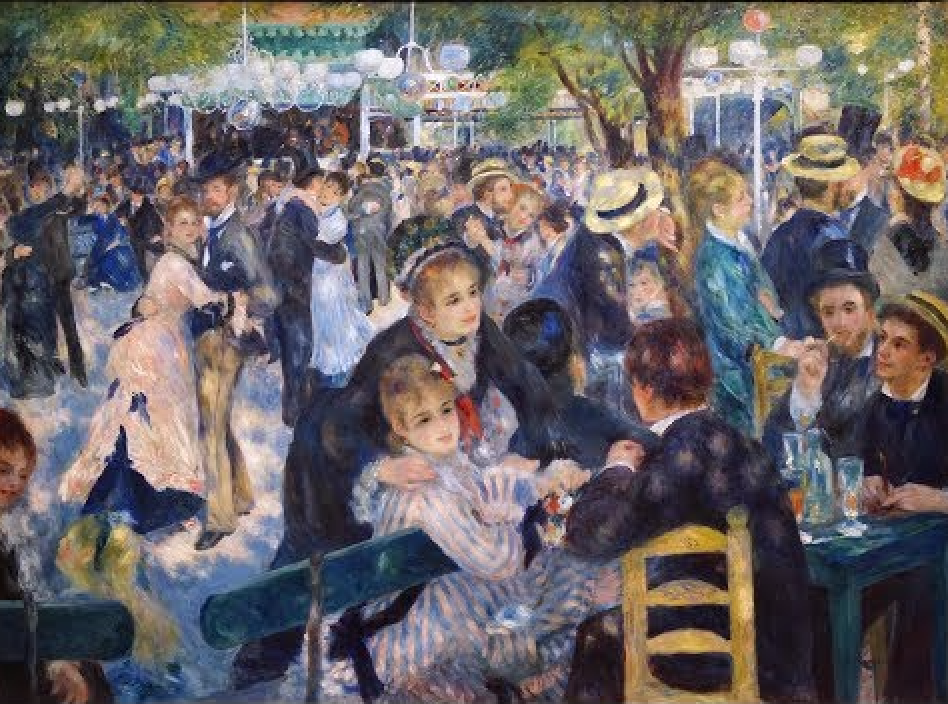
Around about this time, Parisians began referring to the dish as a crêpe, a word derived from the Old French for ‘curled’ — perhaps because of the way the galettes were rolled up for easy consumption.
By the century’s end, Parisians were also eating sweet crêpes, possibly inspired by the success of the so-called Crêpe Suzette, which was invented at Monaco’s Café de Paris in 1895.
Fast-forward 120 years, and crêpes of countless sweet and savoury varieties have become a beloved Parisian snack (or even meal).
Read on for where to get the best crêpe fixes when in town …
Five of the Best: Parisian Crêperies
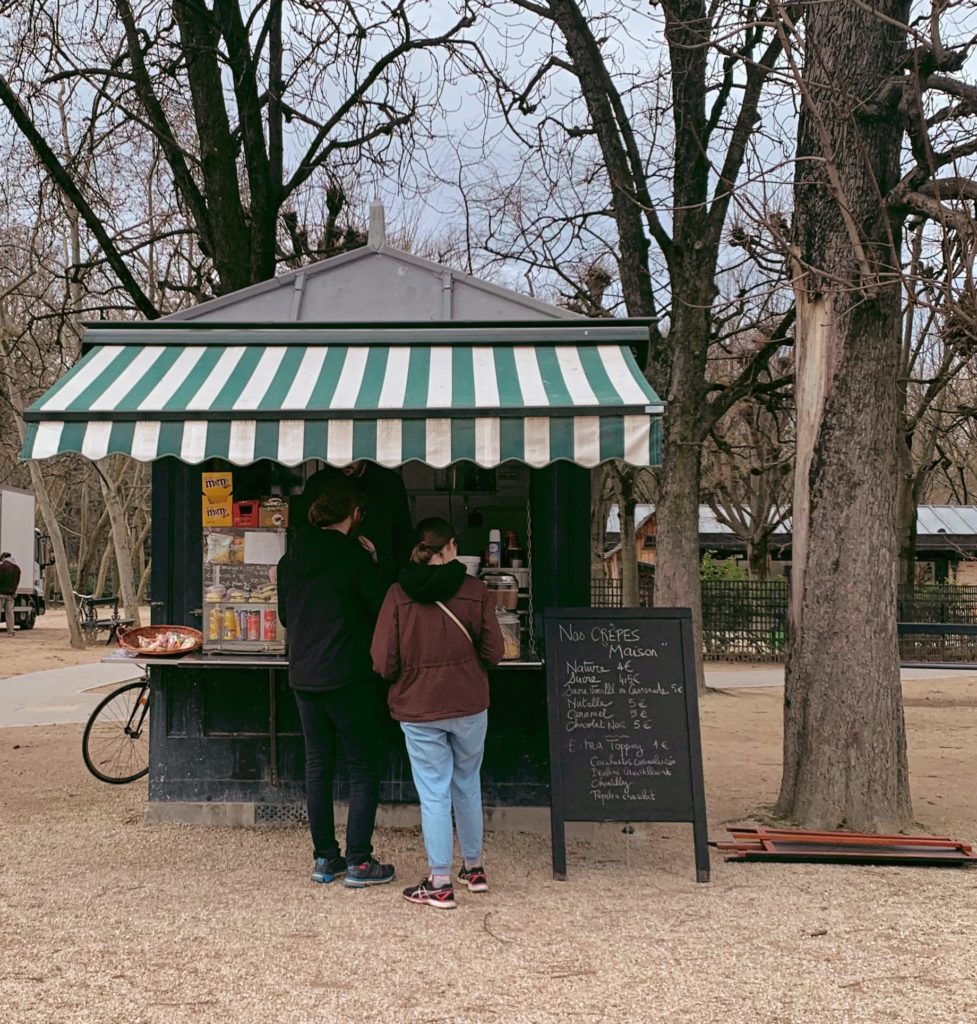
Jardin du Luxembourg: You could spend hours wandering around this perfection of a park. Make sure to nibble on a crêpe from this cute kiosk (dark chocolate with extra pépites chocolat? Oui please!) to make it that much sweeter.
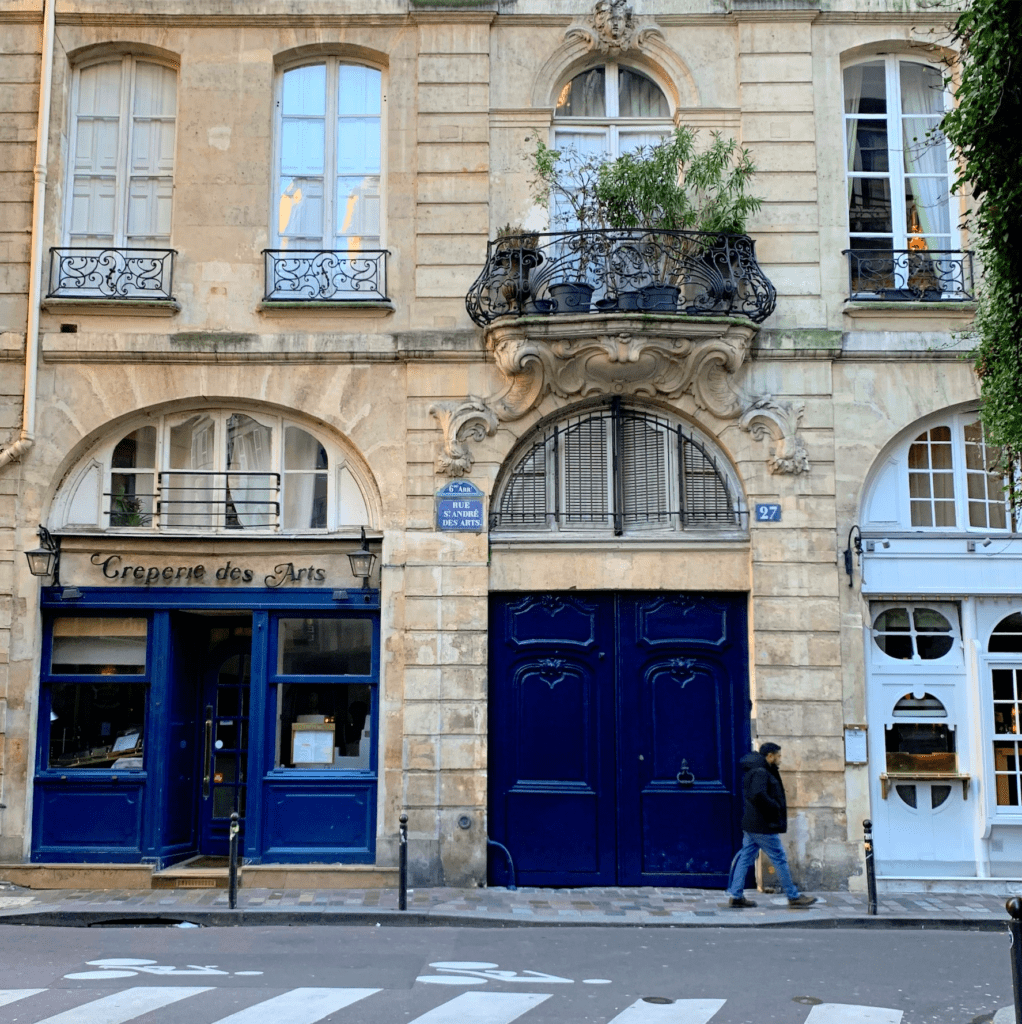
Rue Saint-André des Arts: There are several crêperies along this lively Left Bank street; buy a takeaway crêpe and savour it as you stroll along the banks of the Seine, just one block north.
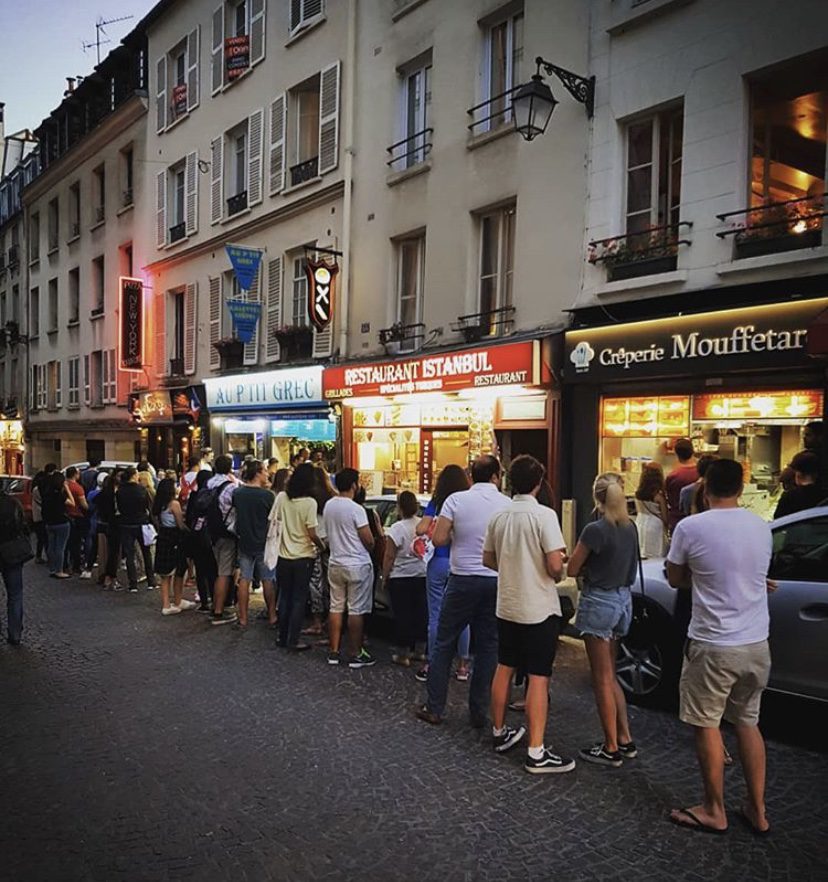
Au P’tit Grec: You’ll also find several crêperies along Rue Mouffetard, a fabulous old market street, but Au P’tit Grec is the most popular. Order to go, and meander eastwards, towards the Jardin des Plantes, Paris’s glorious botanical garden.
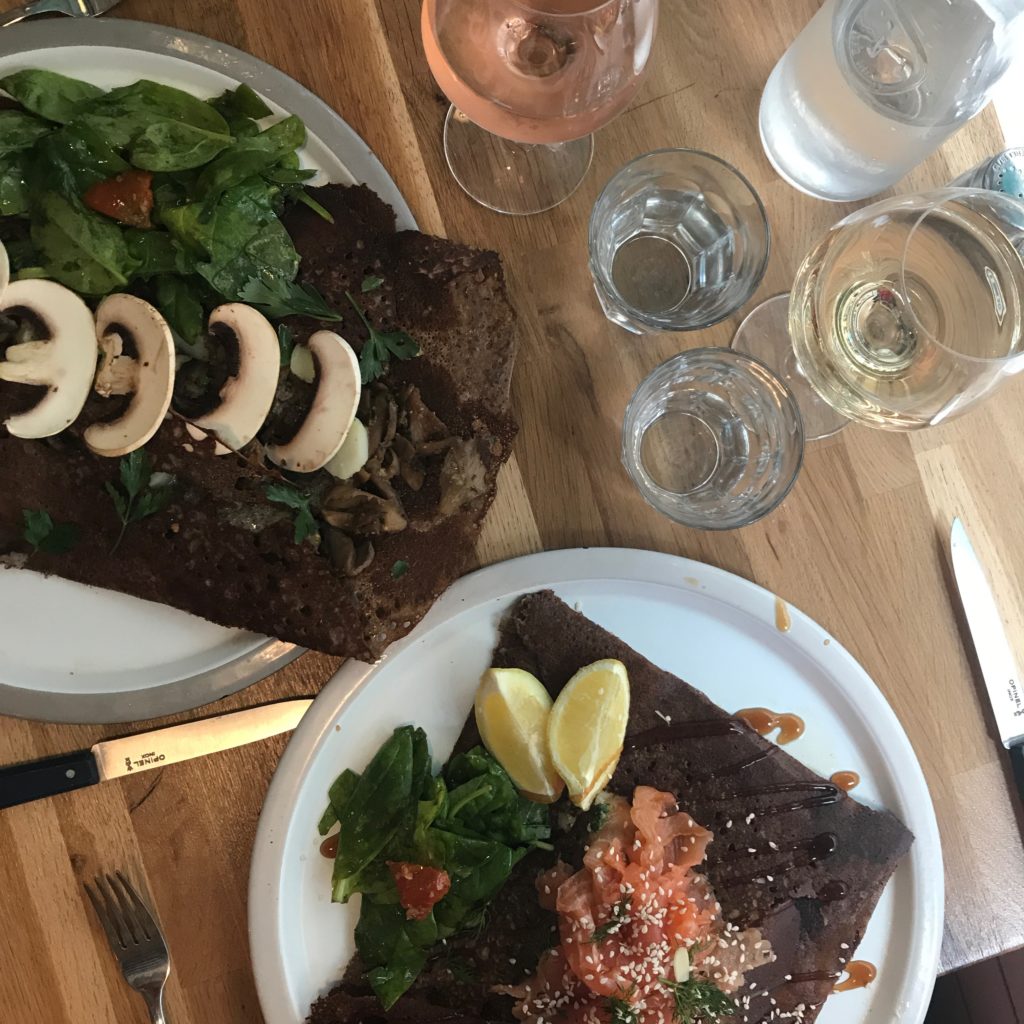
Breizh Café: This Breton-inspired, rustic-chic eatery serves up some of the most stylish, and freshest, crêpes — both sweet and savoury galette options — in town. Make a fancy meal of it, and make sure to wash it down with a Cidre de Bretagne for the full Breton experience. Breizh’s numerous well-located addresses include the Marais and Odéon. Click here for details.
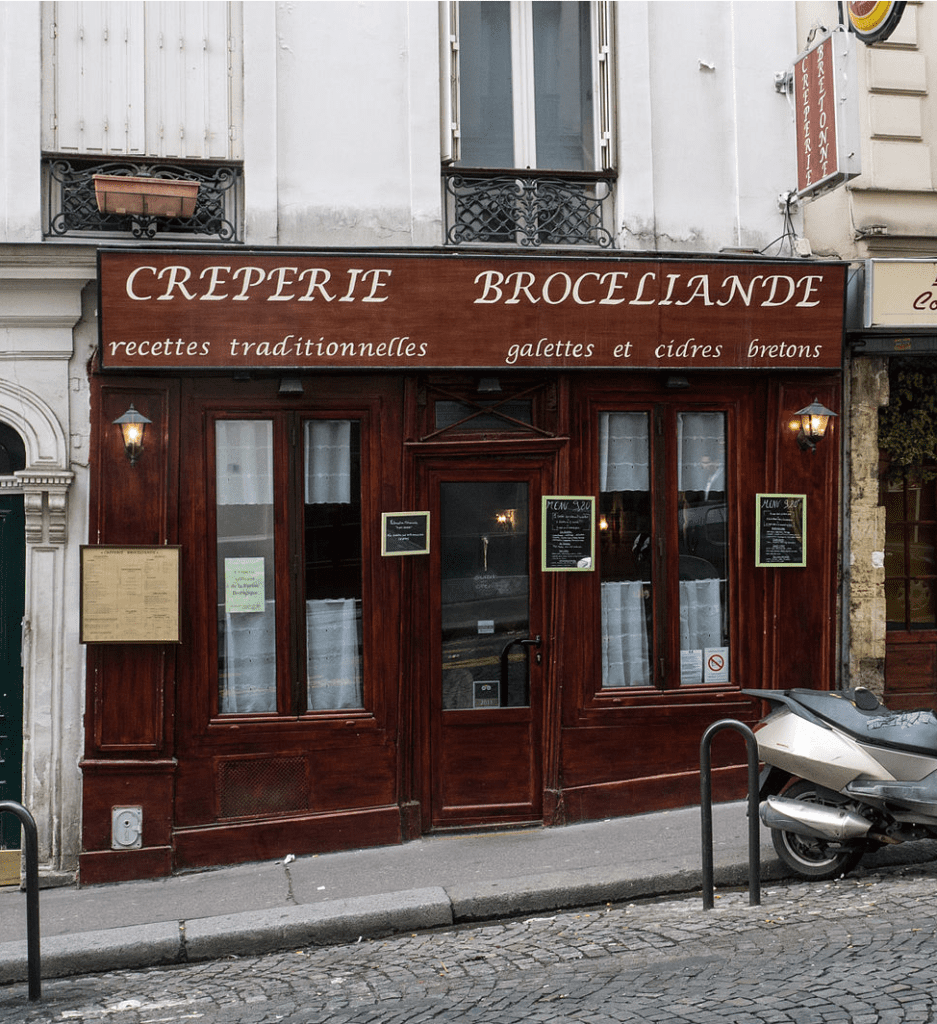
La Crêperie Brocéliande: For a sweet pancake pitstop after a day in Montmartre à la Amélie. This crêperie is so quintessentially French that you half expect to see Amélie herself propped at one of the chequered-cloth-covered tables.

